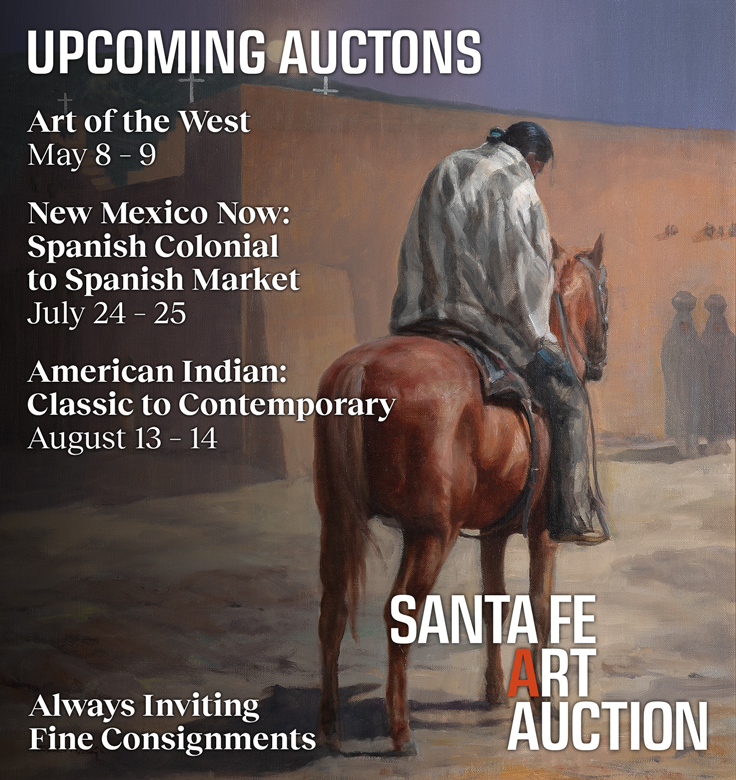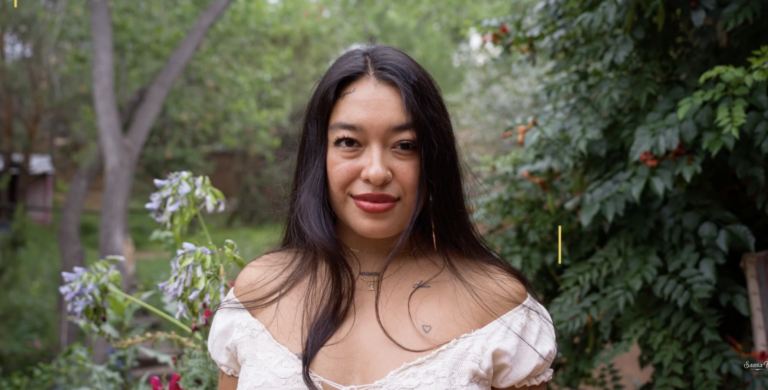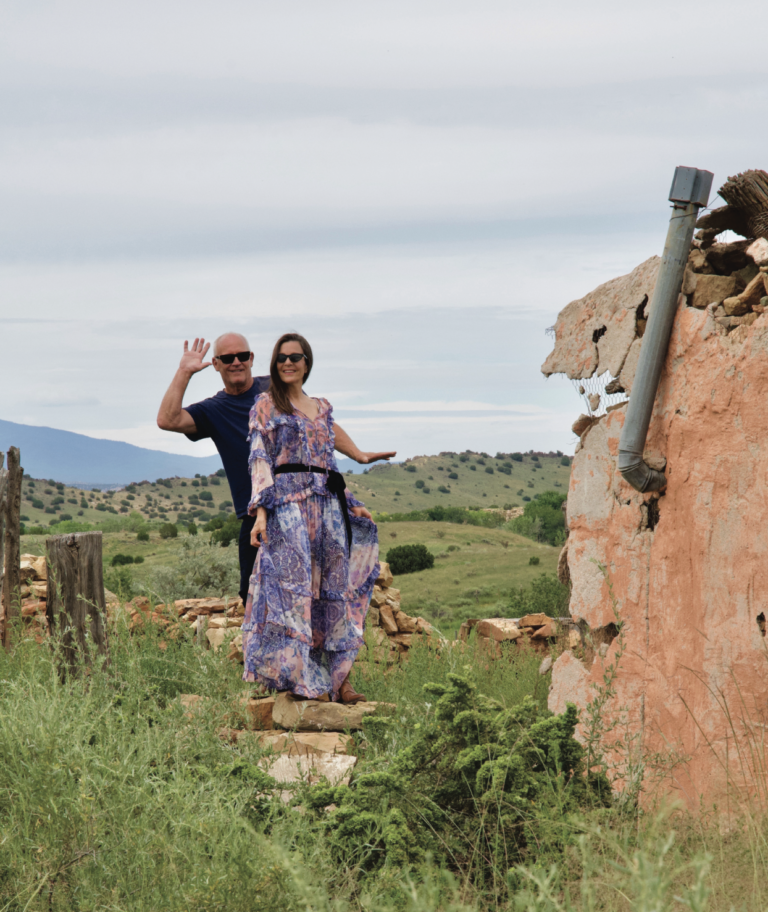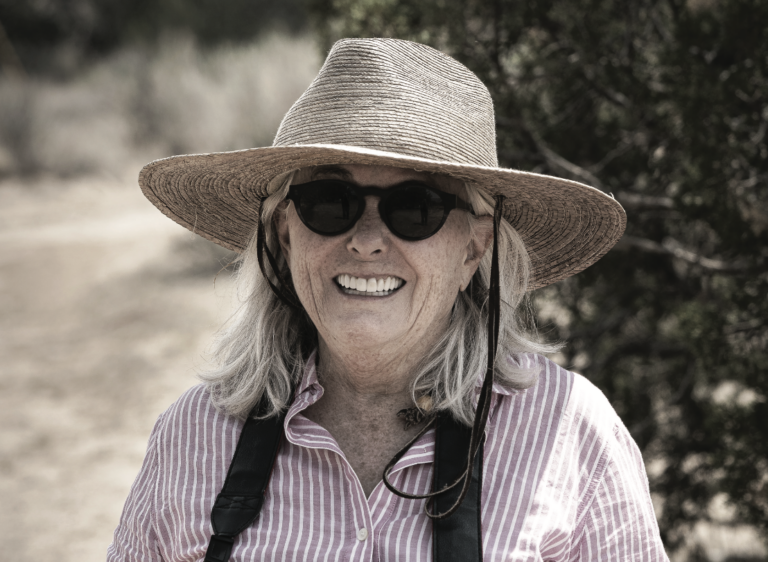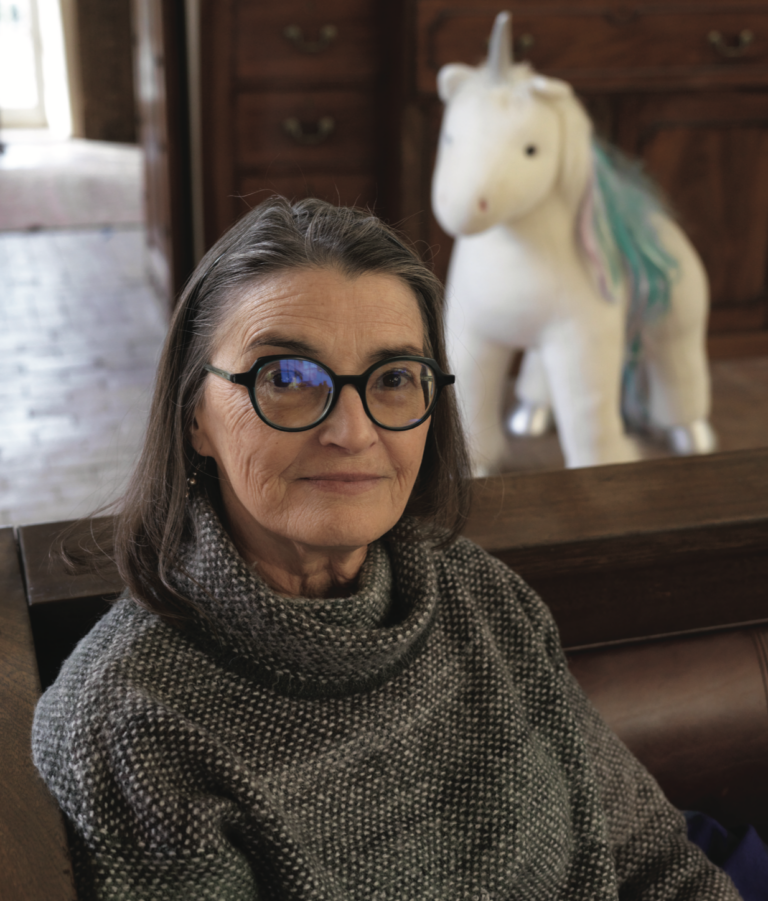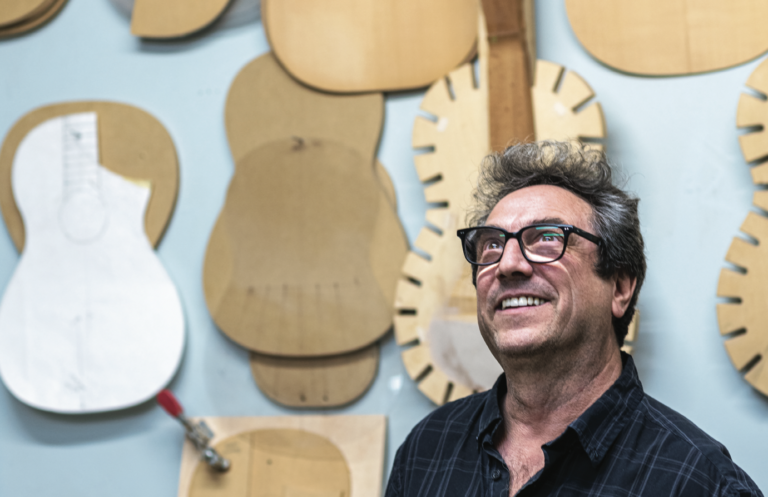IF YOU ARE LUCKY, when you are very young you have a teacher like Suzanne—one of the founders of Santa Fe School for the Arts & Sciences—a teacher who accepts you, loves you, and shows you how and why new things are showing up in this brand new world. Someone who’s in on the joke and the wonder, but still very much older, very much your teacher.
Then, you will always carry what she taught you and the way she made you feel. First teachers never leave.
In going over interview notes, the concept of “the originality of kids” kept coming up? Can you talk about that as it applies to your teaching?
A lot of it’s about the practice of deep listening, the pedagogy of listening. To just be present with children and to really listen to them…to see what they’re saying and what they’re thinking and how they’re putting thoughts together. I’ll ask children, “What do you think?” And they’ll say, “I don’t know. What do you think?” They’ll go to an adult to find the answer. I love holding a space for children to come up with their theories, then reflect them back to them. Their thinking…their abstract thinking, because these are the kids who are going to be of service in the world, and if I can instill an awareness of compassion and expressions of social and emotional skills, if they can work in groups and collaborate and think creatively, I just feel like, gosh, they can authentically be who they are.
Some of your teaching philosophy is informed by the Reggio Emilia approach, which, in part, embraces the idea that kids understand different languages, and kinds of language.
Yeah. A “language” might be anything that they use to communicate an idea, rather than an actual language, so they can turn materials into a language when
it starts to convey an idea. And I’m struck with how original their constructions are. For example, we teach phonics at school, and teach them how to write a letter, like uppercase letters, so we put letters around the room. But this year children started creating graphic images to represent their own letters. It’s almost like they created their own hieroglyphics, and started being able to read each other’s images. It was so cool, so inspiring.
Does it amaze you that Santa Fe School for the Arts & Sciences is recognized as one of the best around?
I’m aware that people really like the school, and it has grown and evolved for so long. Its people truly are dedicated to being honest about mental health, wellbeing, and how to present communication. For example, we did yoga in the field on our last day of school, then shared about what worked, what didn’t work, and what we’re grateful for that other people do. We have a tradition of that every year…that people will say what they’re grateful for. In other words, there’s always been this sense of love and caring. And many staff members have been here for a very long time, which creates a rootedness. Typically, in early childhood education, people leave their job every six months. Finding a school where teachers stay around for a long time is unusual.
There is an astonishing feeling here.
I think it’s love, really. But you have to love what you do to be a teacher. People don’t do it for money. They just hope they get paid enough to make a living. But I also want to say that the school makes sure that teachers are paid a living wage—at least what other teachers get paid. When I was in advertising early on, I looked at who had the most expensive cars in the art school parking lot, and they were always the people on an advertising track. So now, instead of selling things to people that they don’t want, I sell what they really want, which is truth. It doesn’t take much selling, though.
That middle name: Shakespeare…
It’s a last name. Growing up in LA, it was always like, “Did you make that up?”
Interesting. There are no heirs that we know of for Shakespeare.
Right, because he had one son who died.
Do you think there’s any relationship?
[Laughs] I have no idea.
WANT TO READ MORE? SUBSCRIBE TO SANTA FE MAGAZINE HERE!
Photo Nadav Soroker

